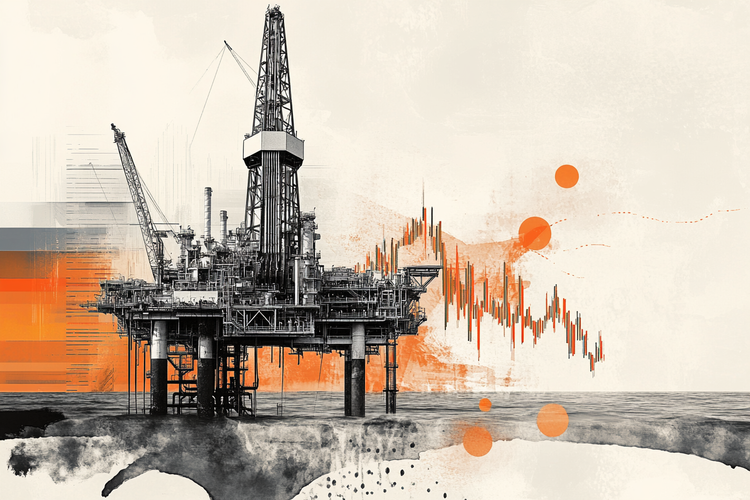The north coast of São Paulo is at risk of contamination of shellfish, such as oysters and mussels, by marine microalgae from a species of the genus Pseudo-nitzschia, which produce toxic substances that can cause gastrointestinal to neurological symptoms, such as amnesia and seizures.
Until last Wednesday (20), the presence of toxins harmful to the health of the population had not been found in molluscs, according to the State Department of Health (SES).
The results of the analysis of mussels from the coast of Caraguatatuba have not yet been released.
Caraguatatuba City Hall received on Friday (15) a report from the State Department of Agriculture and Supply (SAA) that alerts the municipality to an increase in the presence of marine microalgae in seawater and awaits the results of the new test.
The Department of Environment, Agriculture and Fisheries and the Health Surveillance department advise shellfish farmers and traders in the city to temporarily suspend the sale and consumption of shellfish to avoid the condition known as “amnesic poisoning”.
SAA and the Environmental Company of the State of São Paulo (Cetesb), together with SES, prepared a Contingency Plan for possible contamination.
Through the Fisheries Institute, linked to SAA, mussels were removed from places where the presence of potentially toxic microalgae was detected in the water. The mussel samples underwent laboratory analysis.
SES advises municipalities on the north coast regarding the importance of surveillance and notification of these cases, even if suspicious, for follow-up. To date, Caraguatatuba City Hall has not registered notifications of symptoms of contamination in health units.
The municipality issued an alert to Emergency Care Units (UPAs) and Basic Health Units (UBS) to be alert to patients who present the aforementioned symptoms and investigate whether there has been recent consumption of shellfish.
Food chain contamination
Microalgae of the genus Pseudo-nitzschia are common in the coastal environment and are part of the food chain of marine ecosystems — serving mainly as food for primary consumer organisms, such as bivalve molluscs and filter-feeding fish, such as sardines, which filter seawater in search of of microscopic foods.
“They are like plants in the terrestrial environment: they carry out photosynthesis and serve as the first source of energy for other living beings”, explains Luiz Laureno Mafra Jr, oceanographer with a PhD in Biology and professor at the Federal University of Paraná (UFPR), in an interview with CNN.
Some species of these microalgae can produce the neurotoxic amino acid called Domoic Acid (DA). The expert explains that not all species of this microalgae produce this substance in sufficient quantities to cause harm.
The risk is greater when the phenomenon known as Harmful Algal Bloom (FAN) occurs, when there is a growth and dominance of AD-producing algae in seawater.
The professor highlights that human actions such as global warming, with increased ocean temperatures, and the dumping of sewage on the coast, related to eutrophication, can lead the marine environment to a state of imbalance, possibly related to the greater proliferation of these microorganisms.
Amnesic Poisoning
With the rapid multiplication of microalgae that produce AD, there is greater availability of toxin-containing food in the ecosystem and contamination of filter-feeding mollusks, such as mussels, oysters and scallops, as well as fish such as sardines (which also filter seawater), can occur. retaining toxins in your tissues.
These animals can accumulate harmful substances and take them to other organisms that ingest them. In birds and marine mammals, for example, the toxin acts on the central nervous system, more specifically by binding to receptors for the neurotransmitter glutamate.
“Because it has a similar molecular structure, this toxin deceives our receptors and triggers reactions that can lead to the death of neurons when exceptionally high concentrations are present,” he states.
In severe cases, high contraction consumption of this substance leads to the loss of neurons, mainly in the hippocampus region, the region of the brain responsible for learning and memory — which generates symptoms similar to amnesia.
Contamination in humans causes gastrointestinal symptoms in the first 24 hours, such as diarrhea, abdominal pain, vomiting and, in more serious cases, neurological symptoms, such as headaches, mental confusion, convulsions and amnesia 48 hours after contamination.
(With information from Marcelo Tuvuca and Felipe Souza)
Source: CNN Brasil
I’m James Harper, a highly experienced and accomplished news writer for World Stock Market. I have been writing in the Politics section of the website for over five years, providing readers with up-to-date and insightful information about current events in politics. My work is widely read and respected by many industry professionals as well as laymen.







